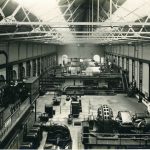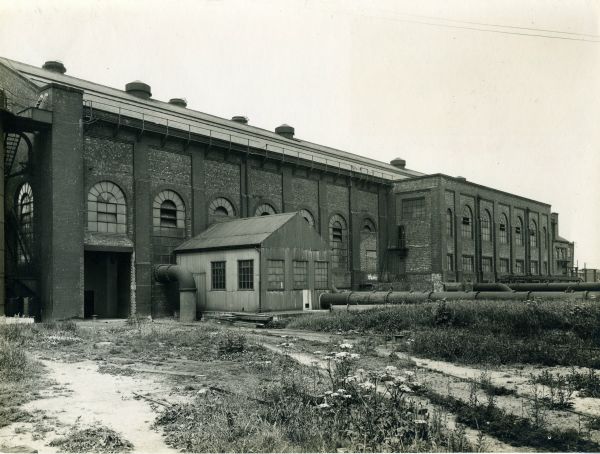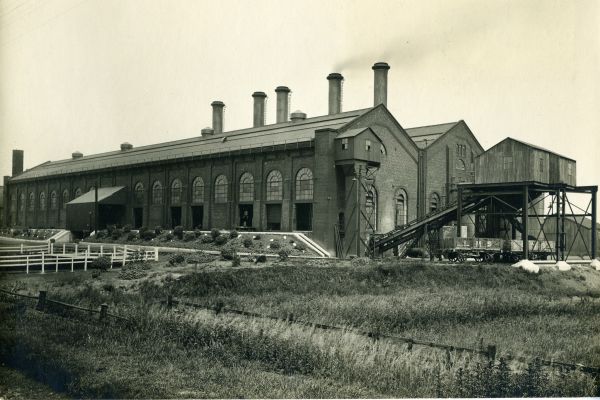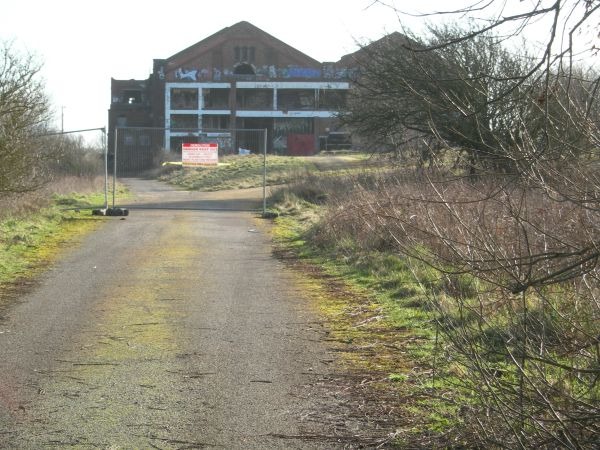Formby Power Station
Barbara Yorke – Nov 2006

It ceased producing electricity in 1946, after which time power was obtained from Clarence Dock Power Station. It remained empty until 1955 when it was taken over by Ross Insulation Products who remained until 1978. In the 1980s it converted to making a variety of moulded plastic products, etc. At this period it was described as an “active Formby Factory surrounded by fields a mile from the dunes and shore, standing solid and foursquare against the winds of the Irish Sea”. No claim to glamour but certainly a building of character, achievement and a little bit of history. What a marvellous centre for an industrial museum it would have made!
Reference ‘Seaport to Seaside’ by John W. Gahan 1985 (A copy of this book is in the FCS History Library).

The Liverpool to Southport Railway line was opened in 1848, using of course, steam locomotives. In 1902 a decision was taken by the Directors for the line to be electrified at 600 volts DC, using a third live rail, one of the first such projects in the country. Because the supply of domestic electric power was at a very early stage of development, this meant that the Company would have to supply its own power.

This electrification contract was given to Dick Kerr and Co of Preston and the choice of location for the site of the necessary power-station was to be near Formby, the most westerly point of the whole Lancs and Yorks Railway. This site was on the banks of the River Alt, which was to provide the cooling water for the turbines, midway along the line and also some distance from any housing, thus avoiding any risks of nuisance. Four sub-stations were placed along the line, one at the Power Station itself. The others at Seaforth, Sandhills and Birkdale. The building was erected by Thomas Croft and Sons of Preston. It was 280 ft long. And divided into two bays, the boiler section 65ft wide and the machinery section also 65ft , traversed by overhead electric cranes.

Coal was brought from Wigan and delivered by gravity hopper wagons. Current at 7,500 volts AC left the power station and was stepped down and converted to 620 volts DC at the sub-stations. As no approach road to the power-station existed, access was provided from the railway in the form of a small platform ‘halt’ for passengers, (workers) and sidings for rail wagons. (The photo was taken from Hogshill Lane in 2007)
Update – Formby Powerhouse was demolished and Sanderling Park, a new housing development was built
To see more photos of the Power Station please visit our flickr site here
